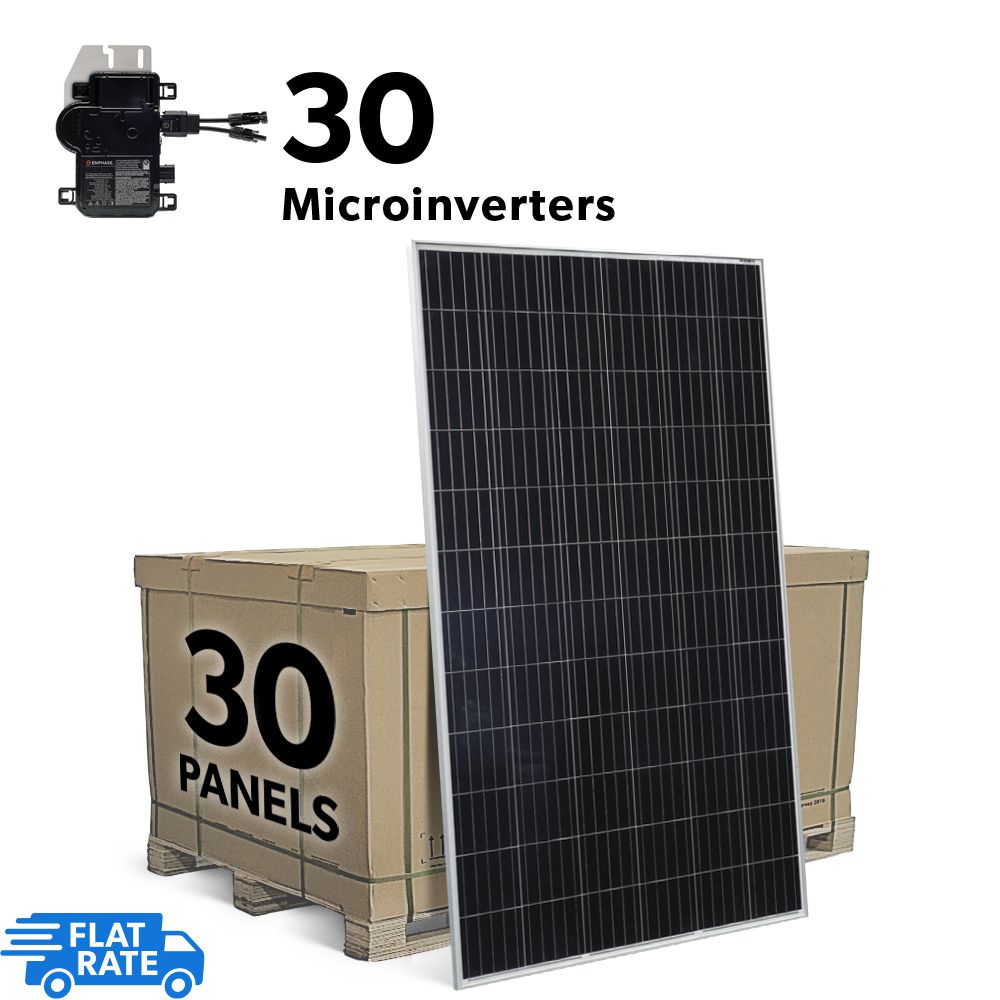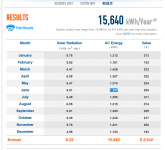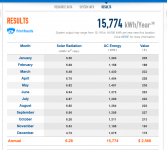Let me see if I can explain why you don't want to have part of your array not part of your grid-tied array more simply.
First off, load is load. If your pool pump takes 3 kWh/day to run, it will take that regardless of if it's directly tied to solar panels or if it's tied to the grid. So you need to provide it with 3 kWh/day either by the grid or solar panels. Necessarily, to run something completely by solar, you need to oversize the solar array, because unless they are on really expensive tracking mounts, their peak output is at solar noon, so to run some load for x amount of hours per day they will always need to be sized bigger. So without batteries, anything your load doesn't use is wasted. That's how PV panels work. Use it immediately or lose it. So now your solar panels for the pump are making more power per day than the pump uses, simply because this is how it must be done. So we have a couple different solutions to avoid this wasted power.
First, we could have a pump that varies speed based on the available power. This works, but after you get enough flow more isn't useful. See all the discussion on variable speed pumps here on TFP. Basically what I see happening with this is you aren't wasting the electrical power by not getting it from the panel when it's available, but you're still going to waste it by running the pump faster than needed.
So secondly let's look at batteries. Batteries solve the wasted power issue by allowing you to charge the batteries in peak power and then use the batteries when the power is not at peak. However, batteries are expensive and will require the purchase of a battery management system too. There is also efficiency loss in both charging and discharging batteries.
Thirdly we have grid tied. Here, there are no batteries. The solar panels are grid tied, so assuming you have a MPPT grid-tied inverter, 100% of the available electricity the panels can produce will
always be drawn from the panels, because the grid will take any and all power you don't use. Now, if the sun is shining, and your pump is running, the power from the panels goes directly into your pump,
just as if you had panels directly connected to the pump! The key difference, however, is that if the panels produce more power at any point than the pump is using, it gets sent to the grid and you get some sort of credit. It doesn't matter
what this credit is, just that if you have
any excess power you get some sort of credit for it.
Removing the pool system from our home would free up a lot of that load due to the system running constantly
See above. For a simplified example considering fixed loads, if your pump draws 1 kW, and your house draws 12 kW, you have these situations:
- 1 kW of PV dedicated to the pump, 8 kW of PV dedicated to your house. Your grid load is 12 - 8 = 4 kW. You pay for 4 kW of power.
- 0 kW of PV dedicated to the pump, 9 kW of PV dedicated to your house. Your house load is now 12 + 1 = 13 kW. Your grid load is 12 - 9 = 4 kW.
In other words, there's no such thing as a free lunch. Having dedicated panels does reduce your overall house load, but it also reduces the amount of panels the house has to offset it's load. It the best case this is a wash, as shown in my simplified example, which means you may as well just tie everything together for simplicity's sake. In real life your pump will never draw 100% of the power of the panels connected to it, so separating them means the extra power isn't available to offset other house load OR if there is currently no house load you'd get some sort of credit to reduce your overall electric bill.
In no case will a 9 kW array eliminate your 1900 kWh/month electric bill, since you will only get 1200-1300 kWh/month from the array as I posted earlier. So it will only ever reduce it. Please have everything tied together to get the most possible electric bill reduction.

On top of that having it tied together won't limit when you can run your pump. Need to SLAM for some reason? No worries, the grid will supply your power! Cloudy for two weeks on end? No worries, your pool is still circulating and filtering.
Now, if you do ultimately tie everything together, as I suggest, to get the most reduction on your electric bill you will still need to time your electric consumption. Maximum bill reduction will be when your overall power consumption uses the most power from the panels, not the grid, because a credit for 1 kWh won't buy 1 kWh back from the grid. So certainly, get rid of the power hogging Intex pump. Get an efficient variable speed pump, run only as fast and for as long as needed to skim/circulate/filter, and time it to run during peak sun hours. Use your dishwasher delay to wash dishes in the middle of the day instead of the middle of the night. If you still aren't using all your power from your panels try to dry clothes (if you have an electric dryer) in the middle of the day instead of evening or night. Etc etc.
Further, less relevant example of why everything should be tied together (I'm totally rambling now, if I haven't been already): Tying more things together ultimately leads to a more reliable system overall. This is why national electric grids exist. If one power plant drops out, no worries. All the customers will get power from the grid, and the rest of the power plants on the grid will output slightly more power to compensate. The bigger the grid, the better things are. Lower cost sources can be used when demand is low even if they are states away, only bringing higher cost sources online when demand needs them. This leads to lower power costs for everyone. Oh yeah, and remember how tons of people lost power in Texas last winter? This is because most of Texas is on one grid that is NOT tied to either the east or west national grids, which
all the rest of the states are either on one grid or the other. Texas lost like half their generating capacity, so they had to cut like half their customers or the entire grid would go out. But, if Texas had been tied to, say, the eastern national grid? No worries that half the plants in Texas went out. All the northern states had power plants that weren't affected by the cold weather. Texas would have been powered by all the power plants in other states. While some customers certainly would have lost power due to local downed lines and such, the main issue of Texas loosing half their generating capacity wouldn't have mattered, the rest of the grid would have taken up the slack and many Texans would have faired much better.
Anyway, I'm off my soapbox now. If you have questions, or would like specific examples, let me know. Otherwise I'll be quiet now.





